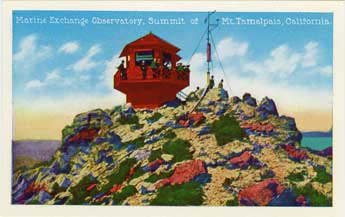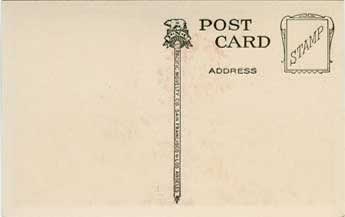White Border Postcards
1915–1930
World War I (1914–1918) and the events leading up to it are often cited as the reasons for the end of the postcard’s heyday. The US didn’t enter the war until 1917, but already in the years preceding the conflict, economic conditions led to the gradual cessation of card production in Germany. American and British lithographic processes weren’t up to the high standards of German printing, and these substitutes reflect a poorer quality. Wartime shortages and recurrent influenza outbreaks played their part in lessening European postcard availability and dampening the national postcard mania.


After the war ended, the German postcard publishing industry was decimated, and was never rebuilt. Many German and British manufacturing plants had been bombed, their printing plates destroyed. Other European publishers were forced out of the US market by high import taxes, while domestic publishers went out of business due to higher competition in a tightened market.
Meanwhile, the telephone finally entered the American household in significant numbers, making postcard use to convey urgent messages obsolete. How often has one technology superseded another; so did the telephone replace the need for mailed postcards to communicate important, timely information. Postcards were still published and used, but not to the extent seen in the pre-World War I years. Printing quality decreased, along with demand.
The cheaply printed cards of this era often have a sizeable white border around the image. Some believe the border was introduced to save on ink at a time of higher post-war printing costs, but this may not be true. This author finds white border postcards still have charm and appeal, but not on par with the dazzling, finely articulated postcard masterpieces of the pre-1915 era.
